From busy cities to tiny village enclaves, seaside vistas to streets rich with centuries-old lore, the North Shore’s neighborhoods are more than collections of roads and houses. They’re places where friendships are forged, stories are told, businesses are built, and history is made. They’re places of connection and community, each with such a distinct character that couldn’t possibly be anywhere else. Here we explore eight neighborhoods that make the North Shore one of a kind.
Plum Island, Newbury/Newburyport/Ipswich
Plum Island is a narrow strip of sand that’s just 11 miles long. But it packs a lot into its diminutive size. Divided between three towns, this barrier island is not only home to a historic lighthouse, boutique hotel, restaurants, and a national wildlife refuge, but also a tight-knit community of people who call the island home year-round.
“Plum Island, to me, is someplace I feel like I belong,” says Susan Grillo, longtime Plum Island resident and membership coordinator for the nonprofit community group, Plum Island Taxpayers & Associates (PITA), for which she’s also on the board of directors.
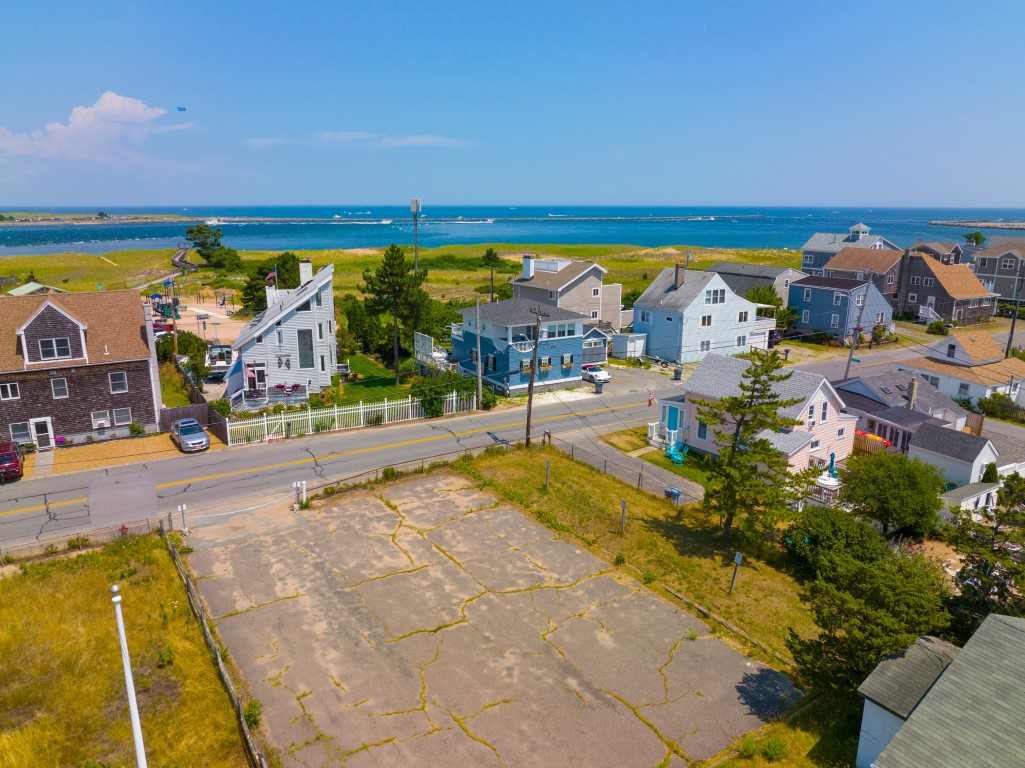
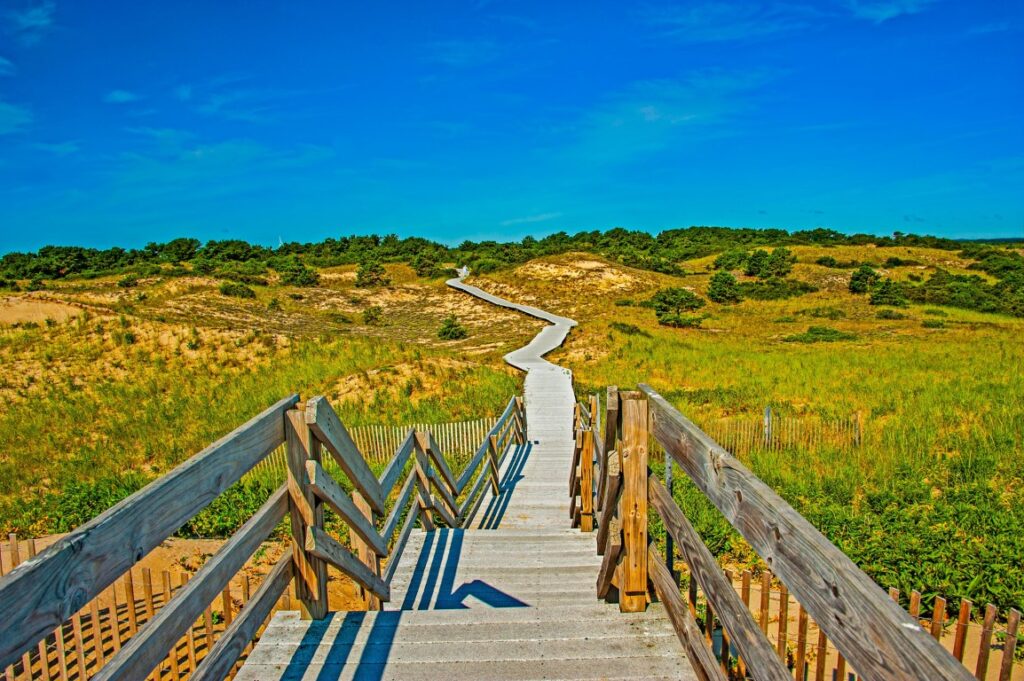
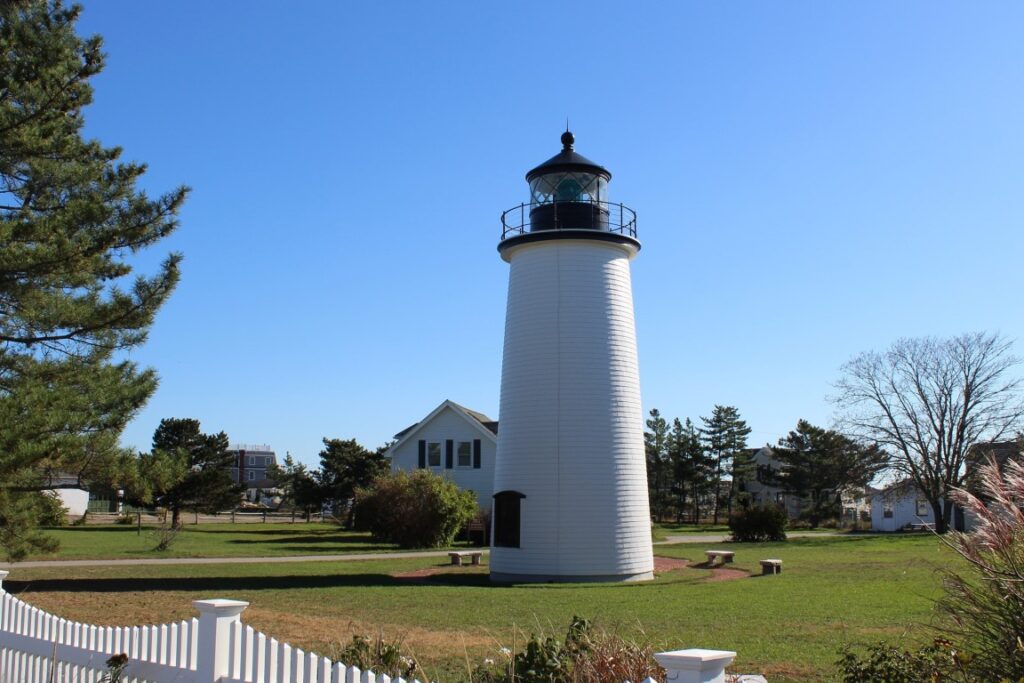
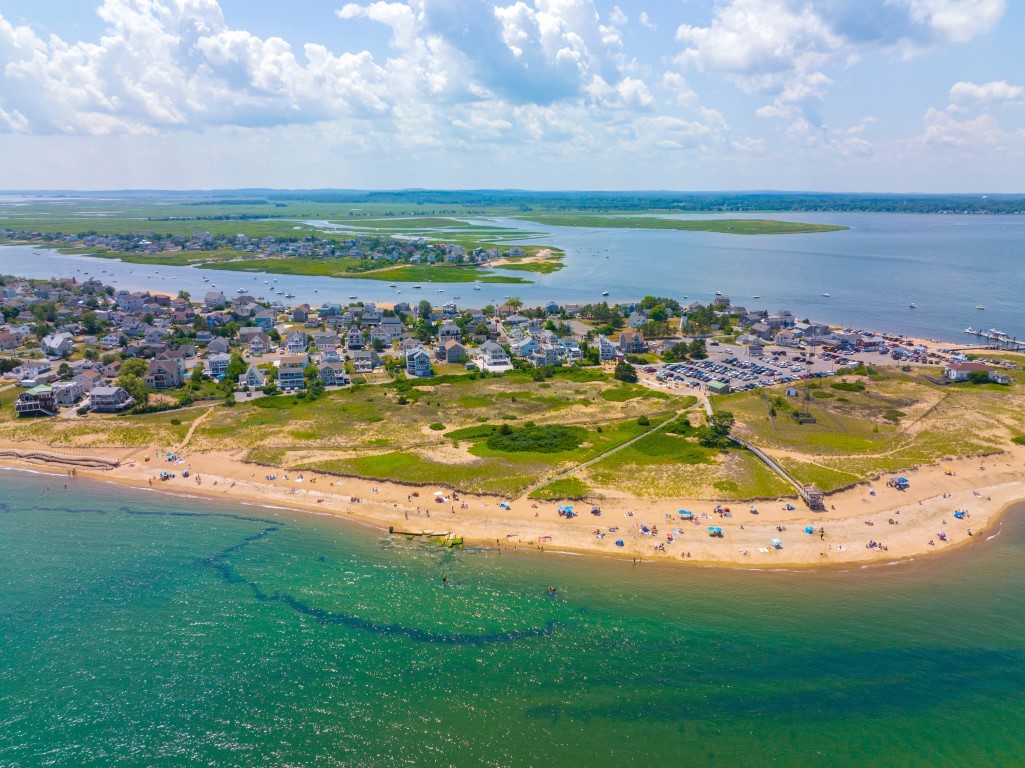
She loves the island’s natural beauty—her home is situated right at the head of the tidal basin, where friends visit just to sit on her deck and enjoy the view, including beautiful sunsets—but she also loves the people.
At the heart of the island’s community is PITA Hall, a multiuse space that hosts meetings and events and operates as a shelter during storms.
“The hall is kind of a focal point for what’s going on on the island,” Grillo said, including an annual Christmas fair. PITA also provides support for the island’s community, from beautification and protecting the island’s sand dunes, to helping with sandbagging to protect people’s homes.
Of course, Grillo also loves the island itself. You can find her kayaking in the summer, walking the Parker River Wildlife Refuge in the winter, or having a bite to eat at places like the Sunset Club or the new RipTide Cafe & Bar.
No matter where she is, though, she’s always happy to be on Plum Island. “I feel like it’s someplace I’m supposed to be,” she says. “I really feel home.”
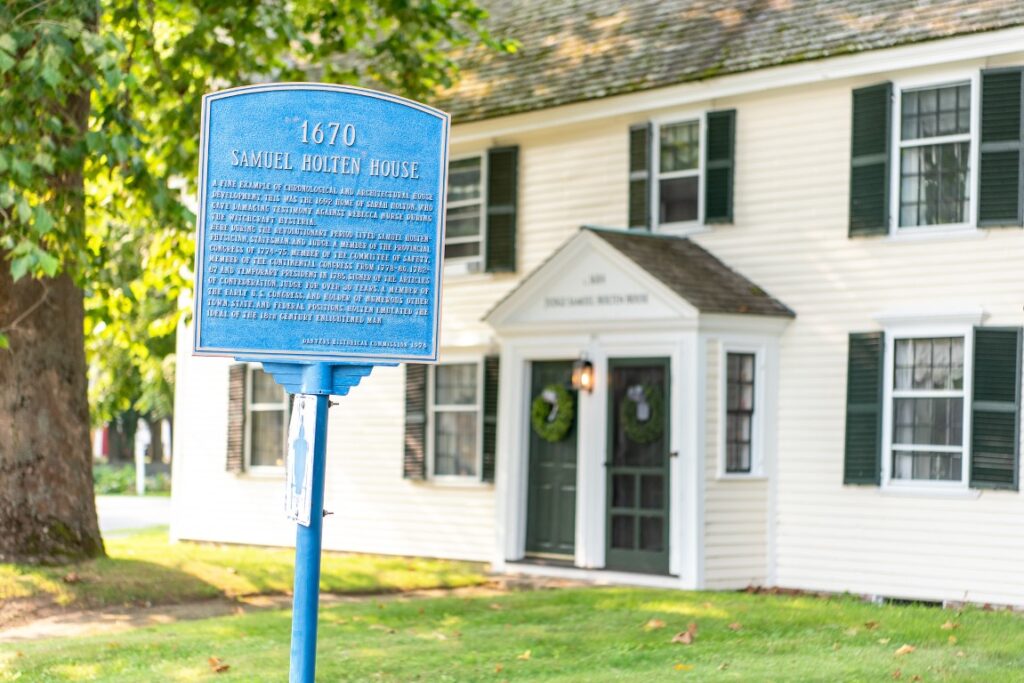
Salem Village Historic District, Danvers
Not many neighborhoods are so steeped in history that they’re on the National Register of Historic Places, but that’s the case for the Salem Village Historic District in Danvers. Here, the residents live alongside—and sometimes inside—historical places, some of which have ties to the Salem Witch Trials and the American Revolution.
“There’s so much history there that people really don’t know about,” says Karen Wagner, a Danvers Historical Society trustee. “As you’re driving down the street you don’t really notice that’s Training Field, where the men from the Revolutionary War gathered before they marched off to war and where they trained with their muskets. You can barely notice the little path down to the Salem Village Parsonage site.”
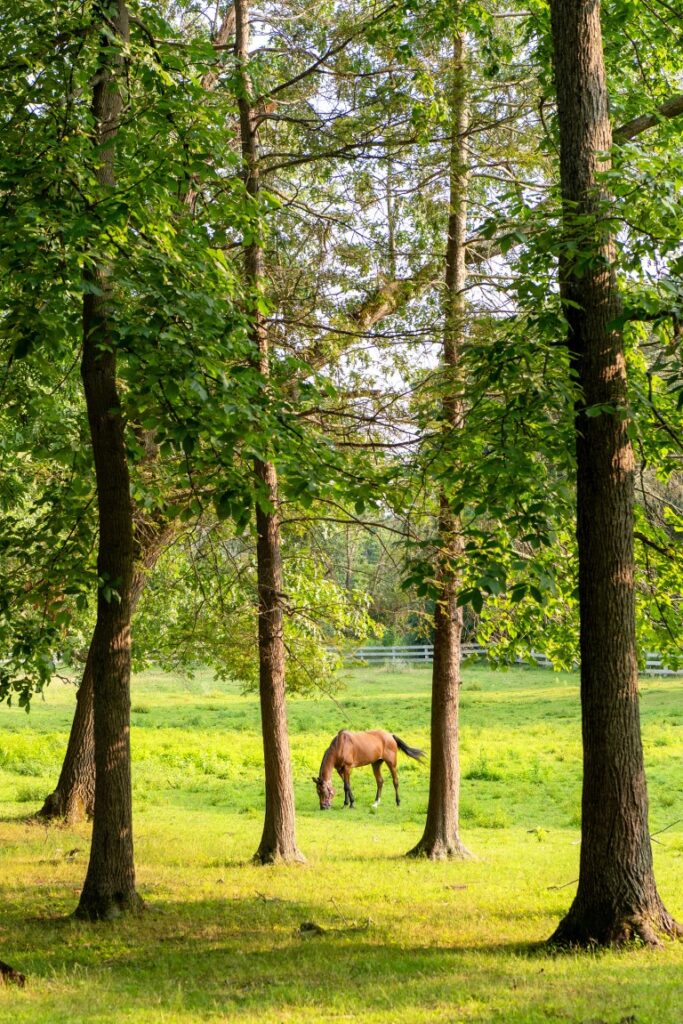
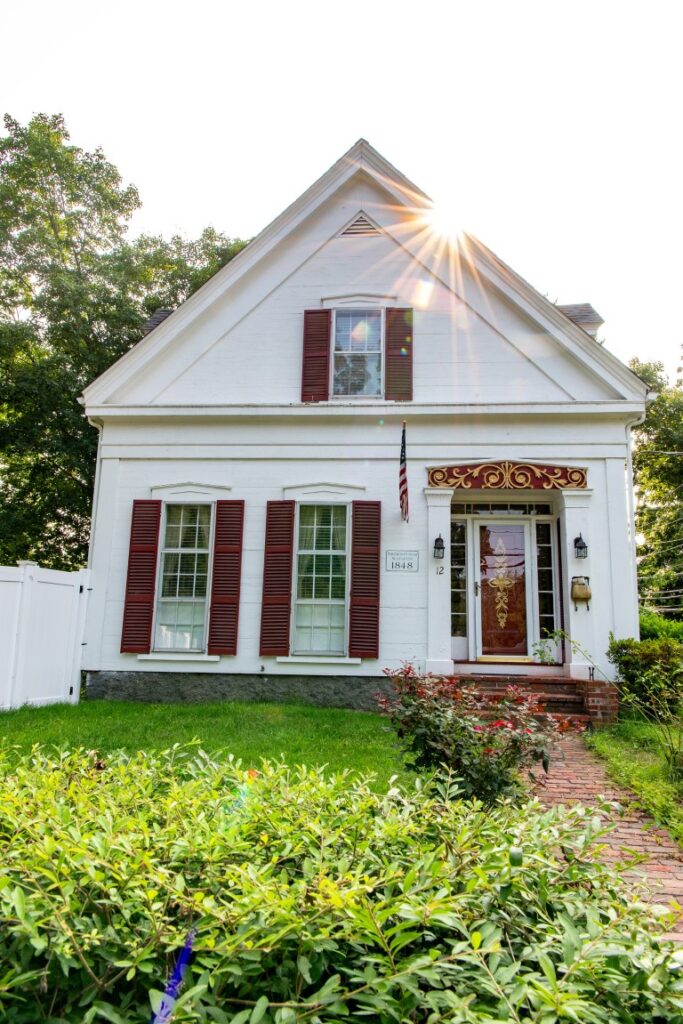
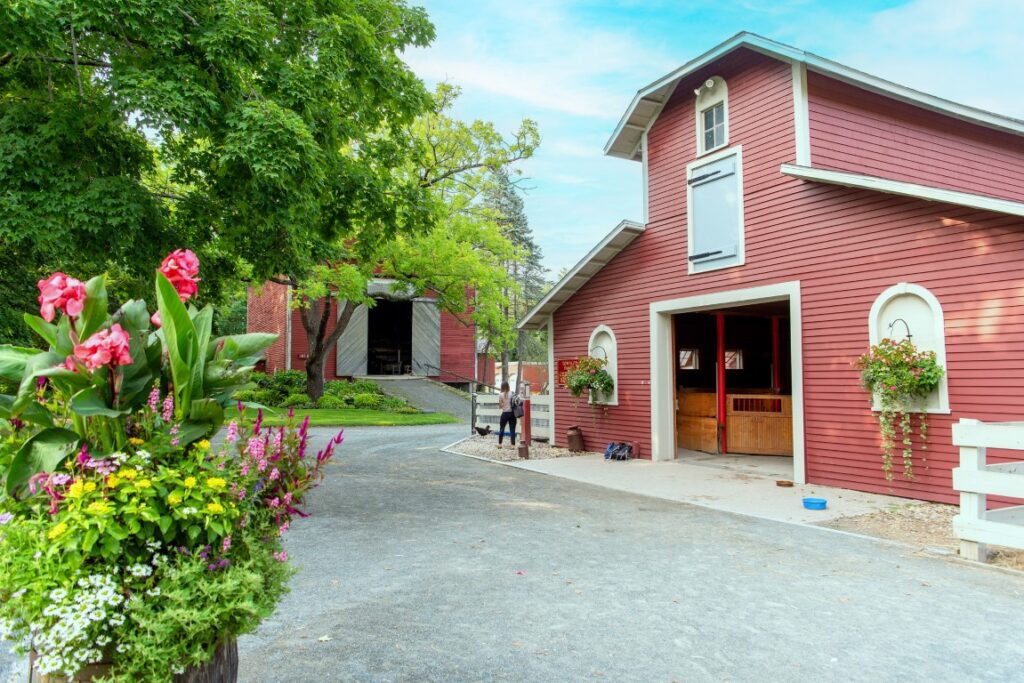
But those treasures are there for those who take a closer look. Some of the neighborhood’s most striking features are the First Period homes, built from roughly 1626 to 1725. While the Rebecca Nurse Homestead is well known for its witch trial connection, others like the Judge Samuel Holten House, home to Founding Father Samuel Holten, are less known. Still others are private homes.
There’s also Glen Magna Farms, a beautiful historic mansion located within Endicott Park, a 165-acre property that was once a gentleman’s farm and is now a recreational area owned by the town. There you’ll find trails, picnic areas, a disc golf course, nature center, and community gardens.
No matter where you are in the neighborhood, there are stories, told and untold.
“You’re standing there and you wonder, who was in this house?” says David McKenna, president of the Danvers Historical Society. “Was George Washington here?”
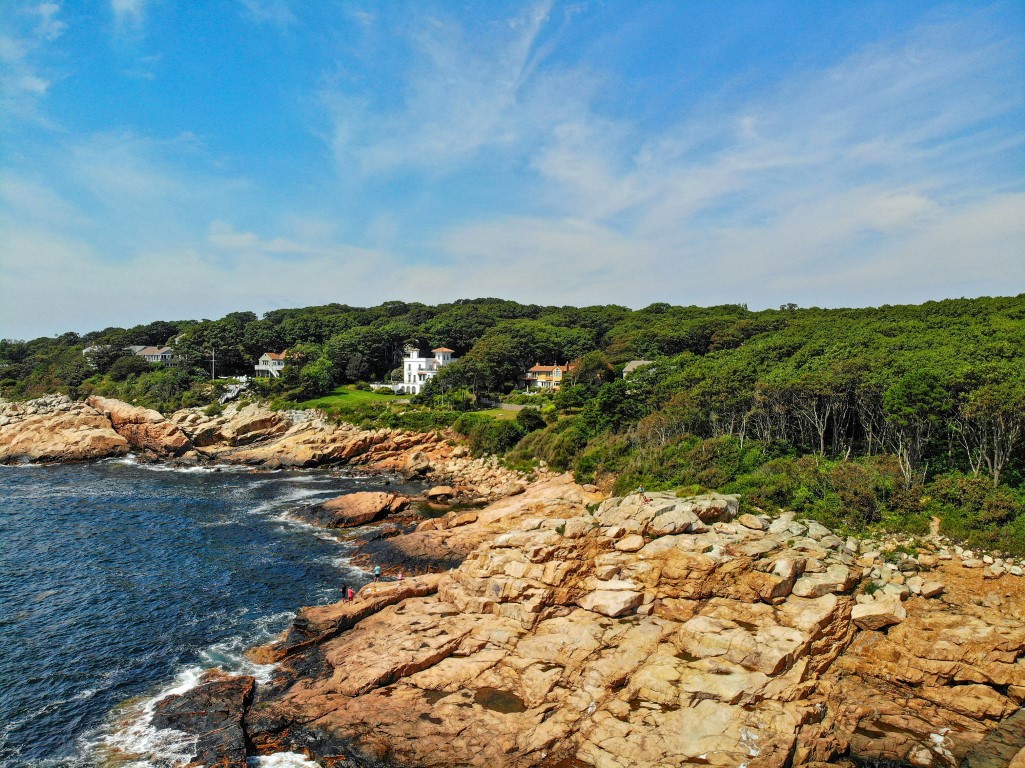
Magnolia, Gloucester
When asked what he loves about Magnolia, Gloucester Mayor Greg Verga has a simple answer.
“The question is, what’s not to love about it?” he asks.
Magnolia is storybook beautiful, with its seaside location, stunning views along Shore Road, and iconic spots like Magnolia Pier, where it’s a rite of passage for kids to jump into the water.
But what really sets Magnolia apart is what Verga calls its “incredible sense of community.”
“How many villages within the city have their own library and community center?” he says. “Have their own historical society?”
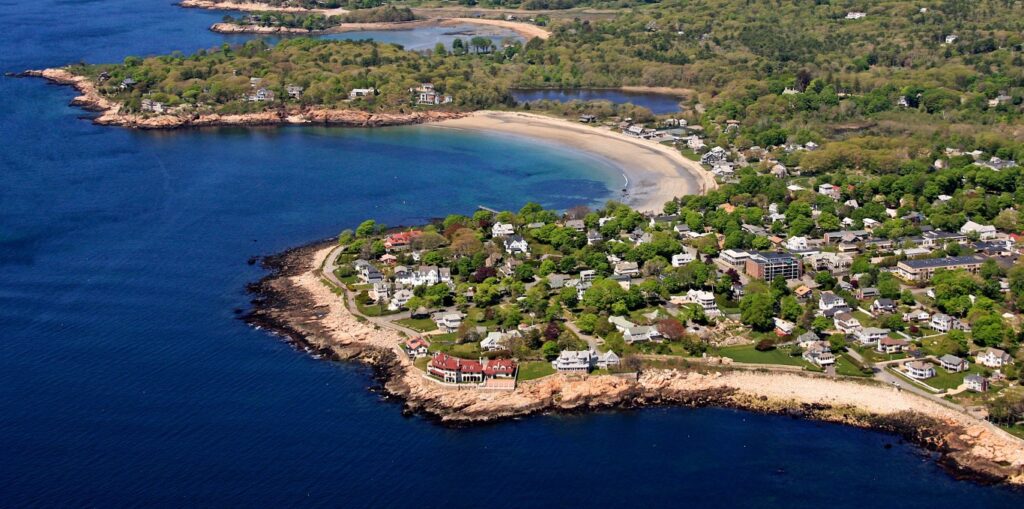
Magnolia’s personality comes out in a lot of ways, including fun community events like the annual free block party Magtoberfest, held this year on Sunday, October 13, or 525 Day on May 25 to celebrate Magnolia with a nod to its original telephone exchange, 525. This year’s 525 day included a Porch Fest, featuring music on neighborhood porches. The phone exchange is where the Magnolia 525 Tavern gets its name, too.
There’s also the Magnolia Library and Community Center, which hosts events, from big annual events to blood drives and movie nights, and serves as a gathering place for the village. It all speaks to a place where people love their neighborhood and neighbors.
“It’s very collegial,” said Chris Boucher, president of the board of directors for the Magnolia Library and Community Center. “People know each other a little bit better than some other similar communities and that leads to more cohesion and a deeper feeling of community.”
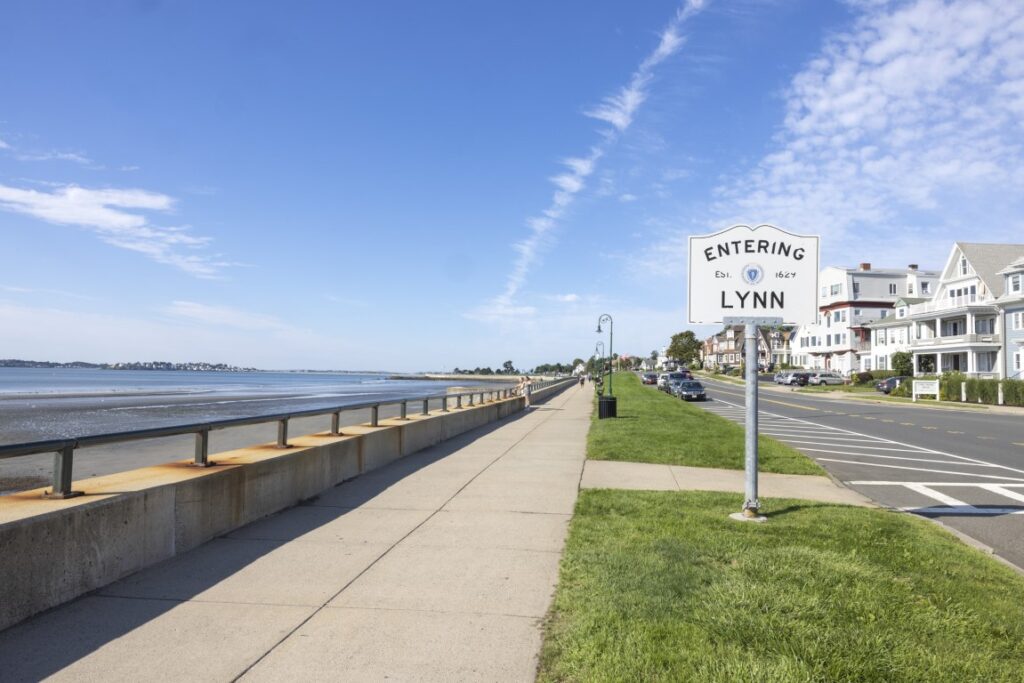
Diamond District, Lynn
Lynn’s Diamond District is truly a “diamond in the rough,” says resident Jean-Marie Minton.
“The lifestyle is ‘urban ocean,’” Minton says, and the description is an apt one. Just beyond Lynn’s busy downtown is a beautiful, pedestrian-friendly neighborhood flanked by the Atlantic Ocean and filled with historic homes.
“I feel like we hit the jackpot that we were able to find this beautiful neighborhood in a city that is definitely on the upward trajectory,” Minton says.
This National Register historic district is filled with beautiful homes and summer “cottages” in a variety of architectural styles built by wealthy residents. Among them was shoe merchant Lucian Newhall, who built the striking Second Empire–style Lucian Newhall House, which is on the National Register of Historic Places. There are also Victorians, Italianate, Queen Anne, and Shingle-style homes.
But even beyond the history and architecture, what really sets the neighborhood apart is the lifestyle that living there offers.
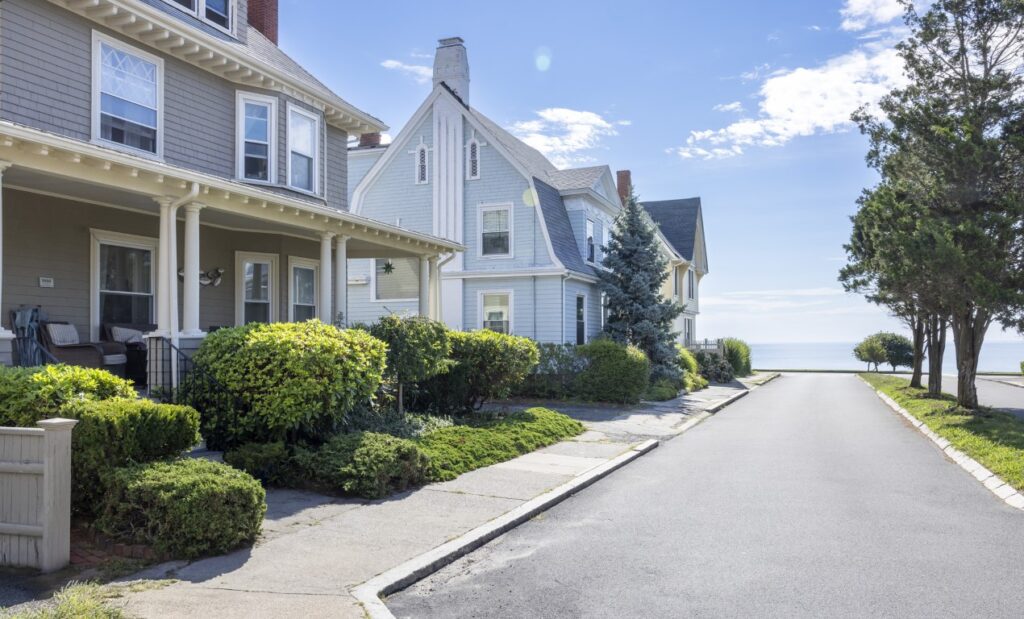
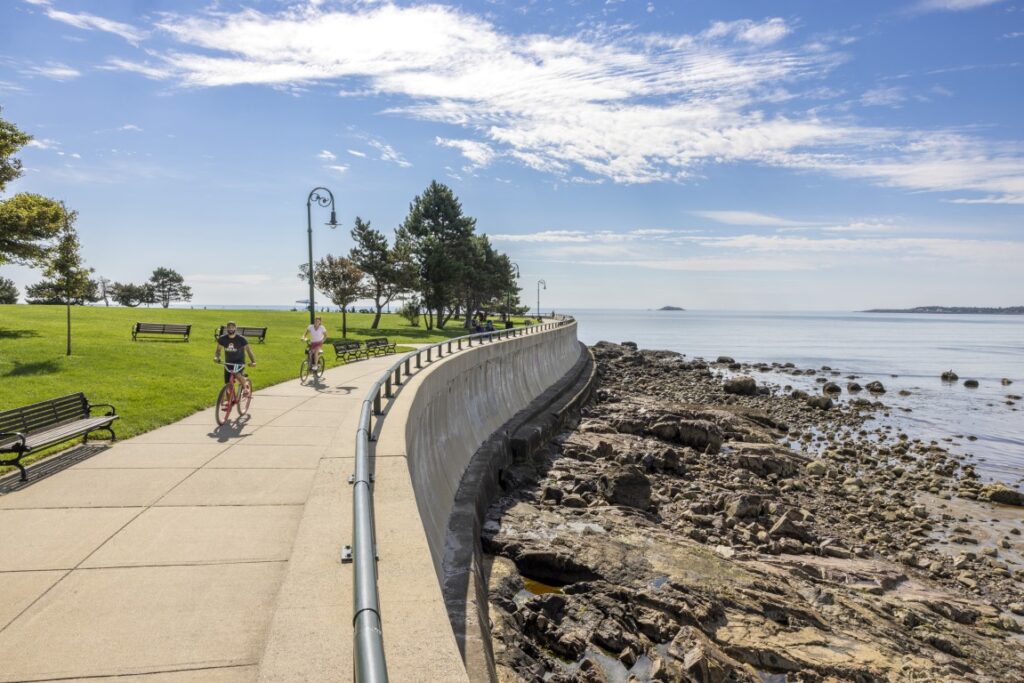
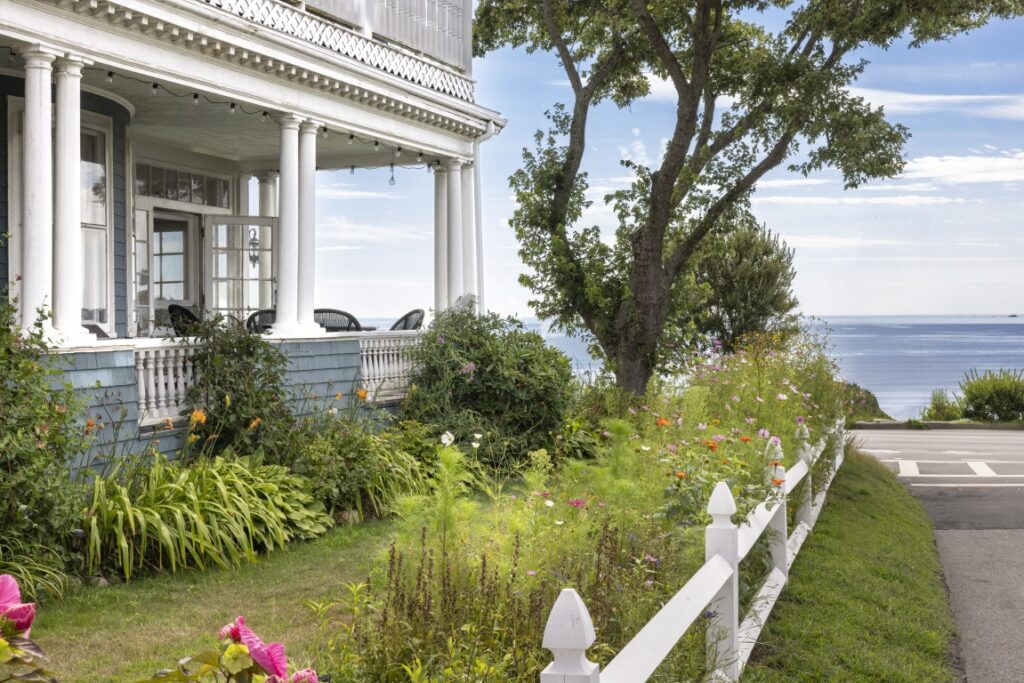
The neighborhood’s main drag is the striking, oceanfront Lynn Shore Drive, which welcomes strolling along the promenade and running into neighbors.
“I like to call the Diamond District Lynn’s front porch on the ocean.” Minton says. “There’s a tremendous opportunity to live by the ocean and also have a walking lifestyle for folks who want to be active.”
Additionally, some of Lynn’s best attractions, including world-class restaurants, the Lynn Museum & Arts Center, and Red Rock Park, are close by, and it’s just nine miles from Logan Airport.
“It’s really beautiful when you stand on Red Rock and you look out and see the Boston skyline,” Minton says. “It’s a hidden gem.”
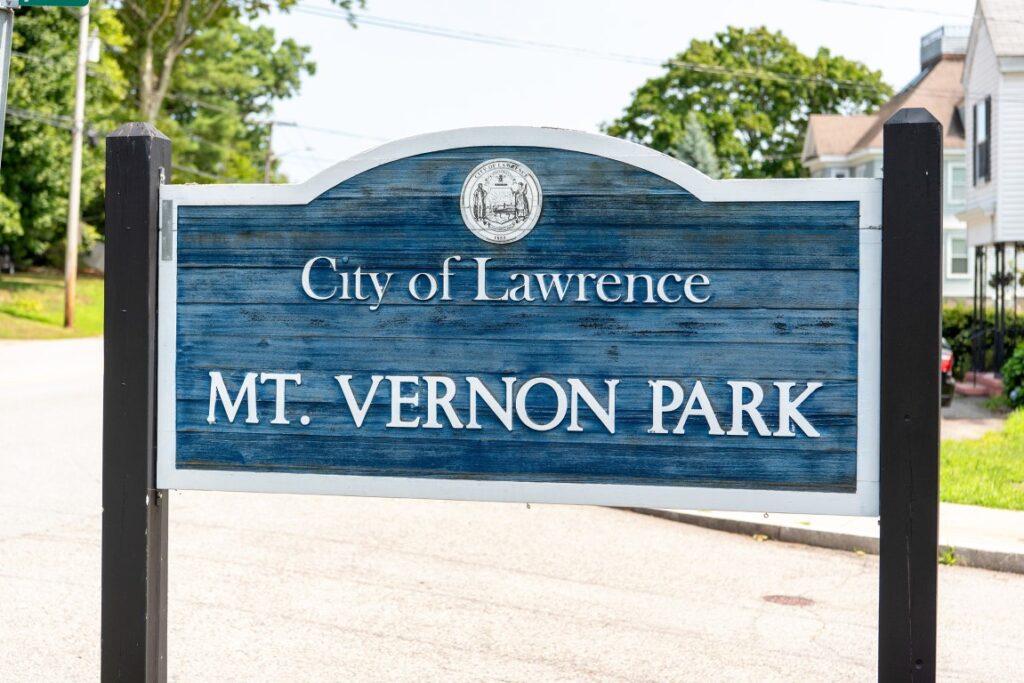
Mount Vernon, Lawrence
As a nearly lifelong resident of the Mount Vernon neighborhood and a real estate agent, Deb Carberry is used to clients saying they don’t want to live in Lawrence.
“I’ll say to them, ‘Can we just take a ride? You don’t have to buy anything,’” she says.
Inevitably, they’re surprised by what they see, from marveling that the South Lawrence neighborhood isn’t actually part of Andover, which it borders, to admiring the pretty, single-family homes. They see friendly neighbors who know each other by name walking their dogs and playing with their kids. And so often, they’re won over.
“I can’t tell you how many people who started with, ‘I would never,’ are now my neighbors,” Carberry says.
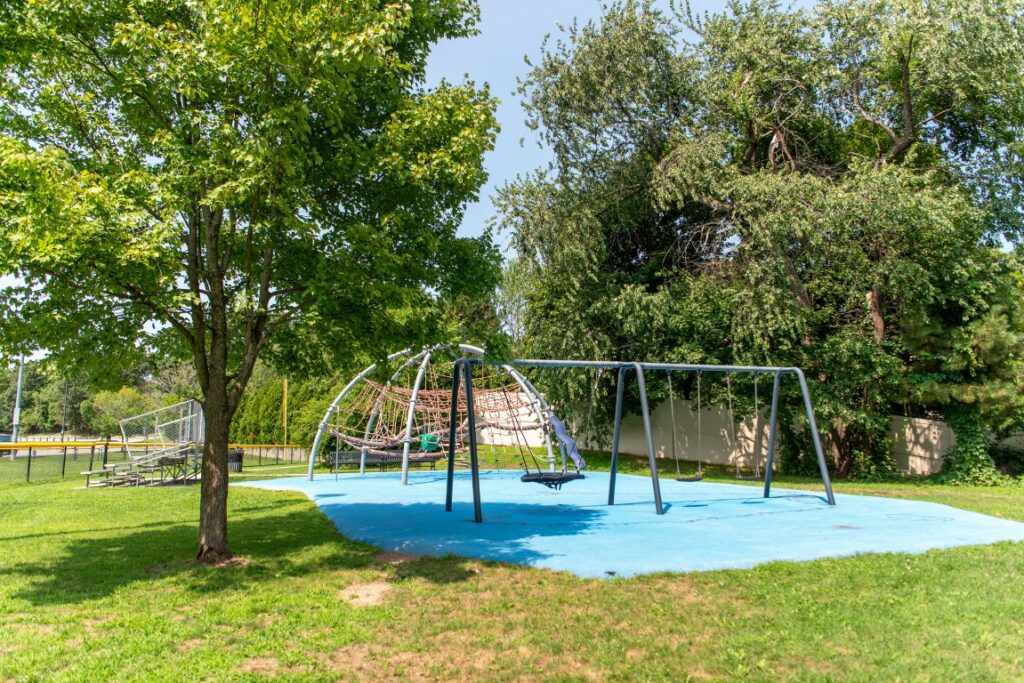
It’s easy to see why. Although Lawrence has a rough reputation, it’s also a vibrant, exciting, multicultural city, and the Mount Vernon neighborhood, with its suburban feel and quiet, leafy streets, feels worlds away from the bustle.
“That’s the beauty of living in a city,” Carberry says. “You have the different demographics, the different areas, the different types of neighborhoods.”
Carberry grew up in Mount Vernon and raised her family there.
“I left for a couple of years to travel but I came back because it’s home,” she says.
There’s a lot about it that makes it convenient, like its proximity to highways and nearness to urban downtowns.
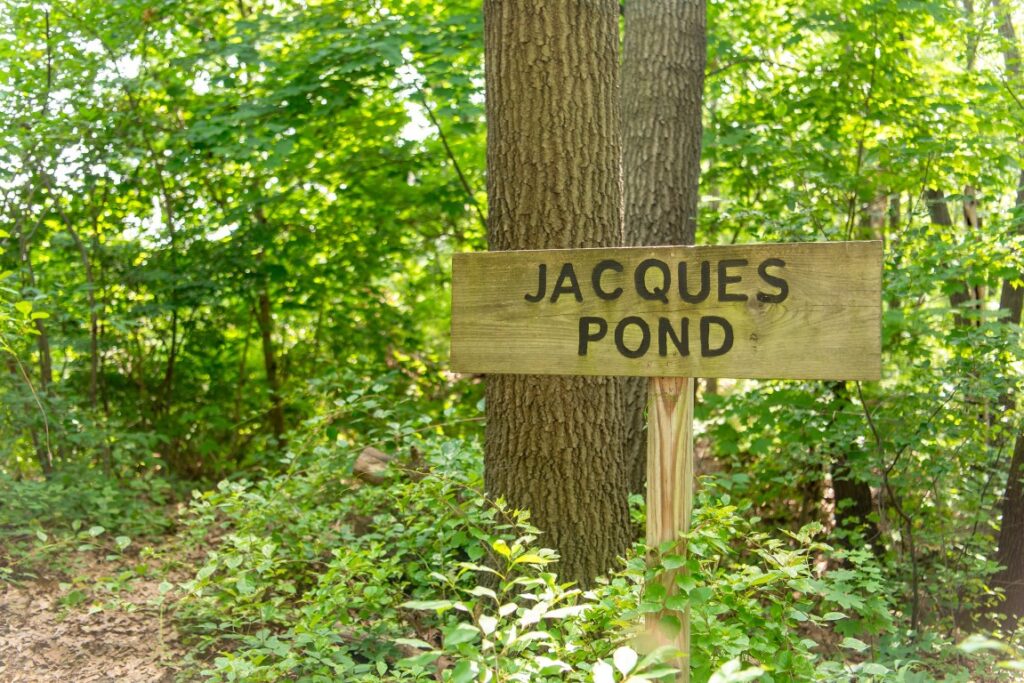
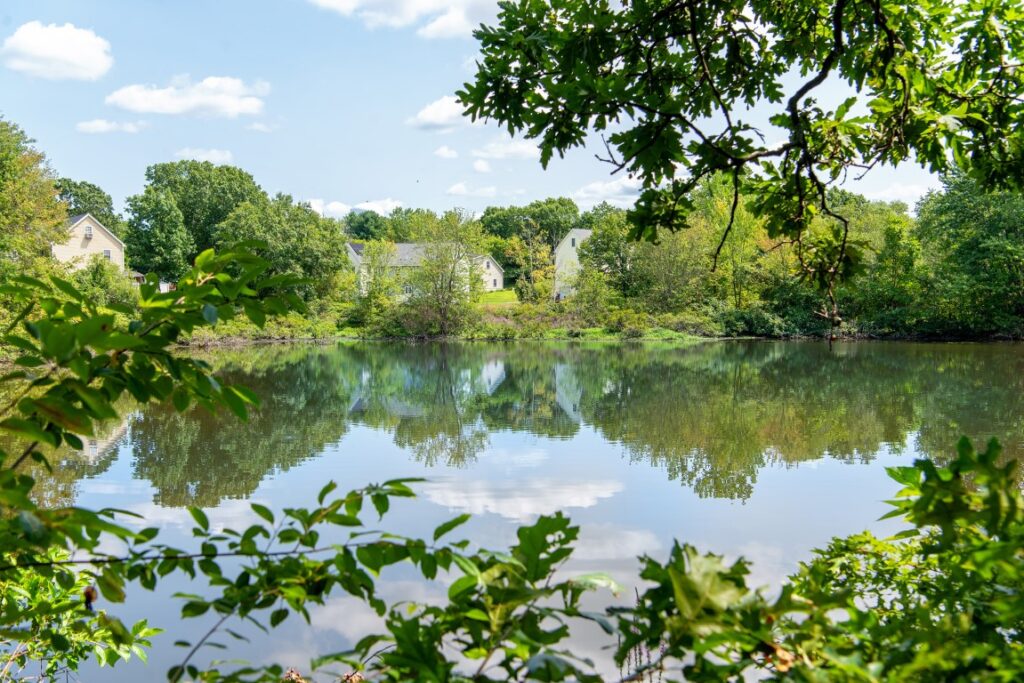
“But you can get that anywhere,” she says. “What I think is really special about our neighborhood is the community, is the people.”
According to Carberry, Mount Vernon is the kind of old-fashioned neighborhood where she knows everyone’s first and last name. Where they’ll arrange for someone to cut an elderly neighbor’s grass on a hot day. Where the trick-or-treating is great. Where kids play ball at Mount Vernon Park and look for turtles at Jaques Pond. Where Carberry will come home to a box of fresh garden vegetables on her front porch from one of her neighbors.
“It’s the sweetest, most-thoughtful neighborhood,” she says. “I hope people see the beauty here. And not just Mount Vernon . . . all of Lawrence.”
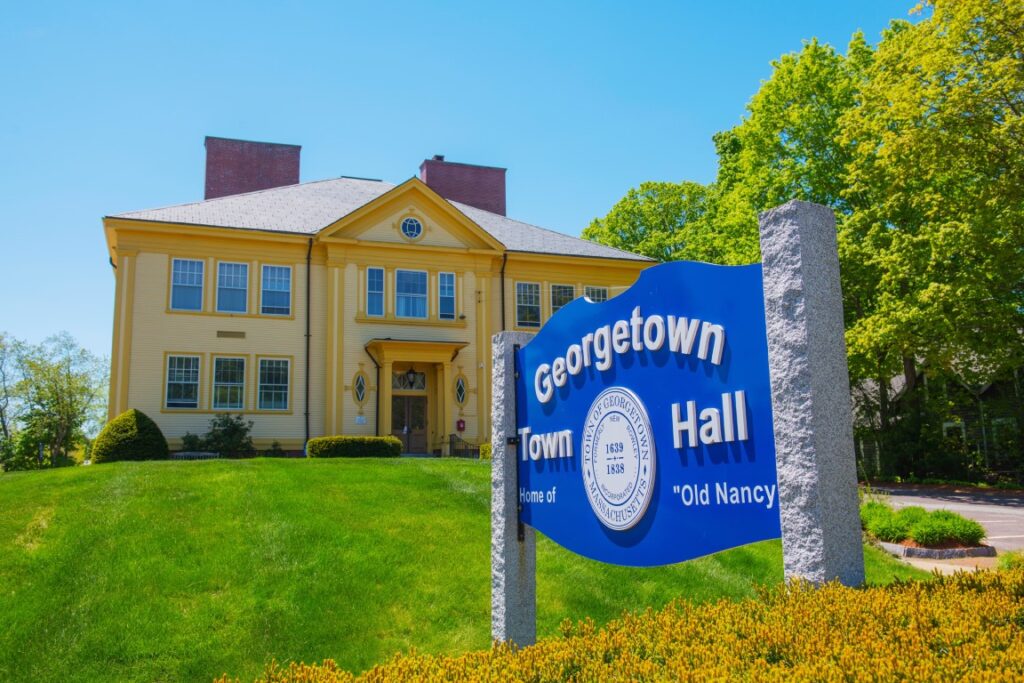
Downtown Georgetown, Georgetown
If you’re from the North Shore, chance are you’ve driven through downtown Georgetown countless times. But if you haven’t stopped yet, now’s the time to do it.
It’s the kind of old-fashioned small village where you can run all your errands on foot within a couple of blocks. There’s Crosby’s Marketplace grocery story, a pharmacy, small shops, eateries, and town hall, along with a pretty town common that runs along the main drag.
“That’s really what your old-school downtowns were,” says town administrator Orlando Pacheco.
It’s also got that vintage New England atmosphere, thanks to historic buildings like the First Period Brocklebank Museum, home to the Georgetown Historical Society.
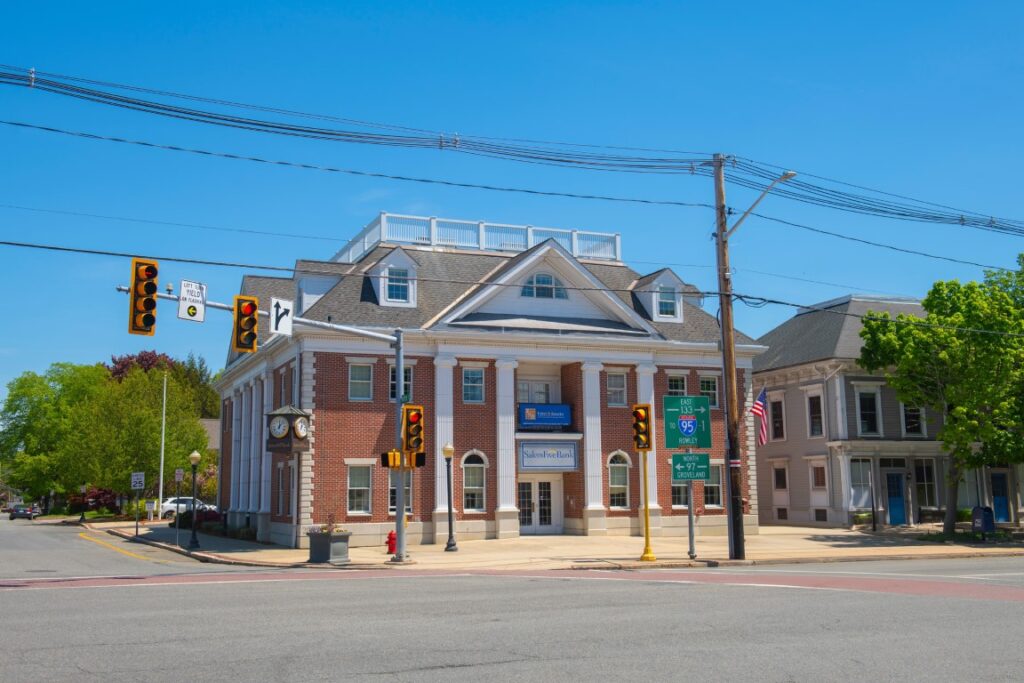
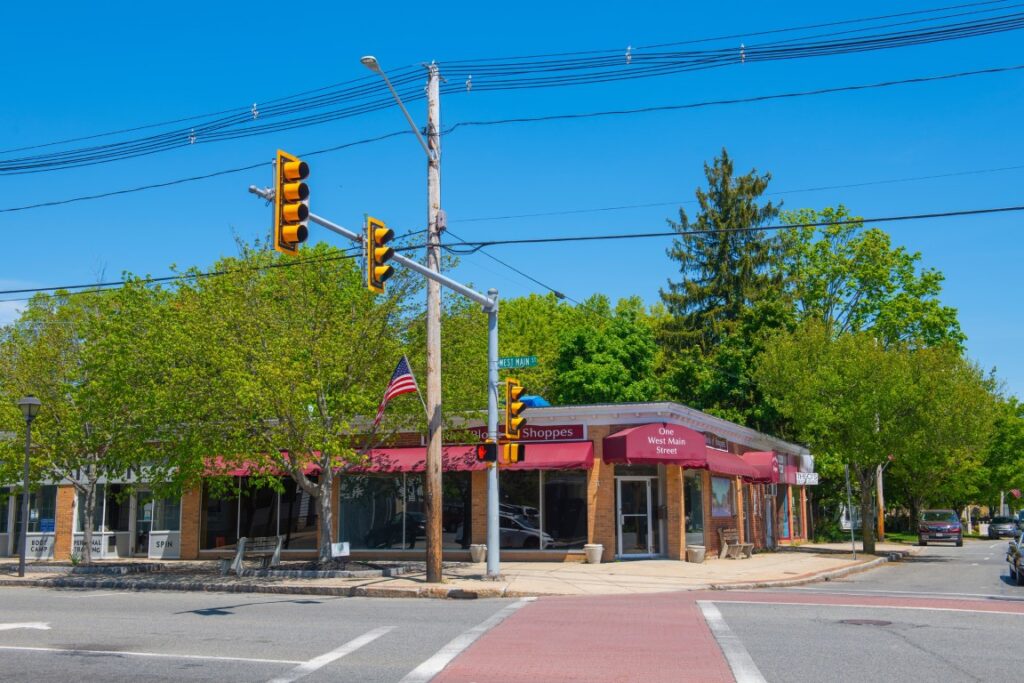
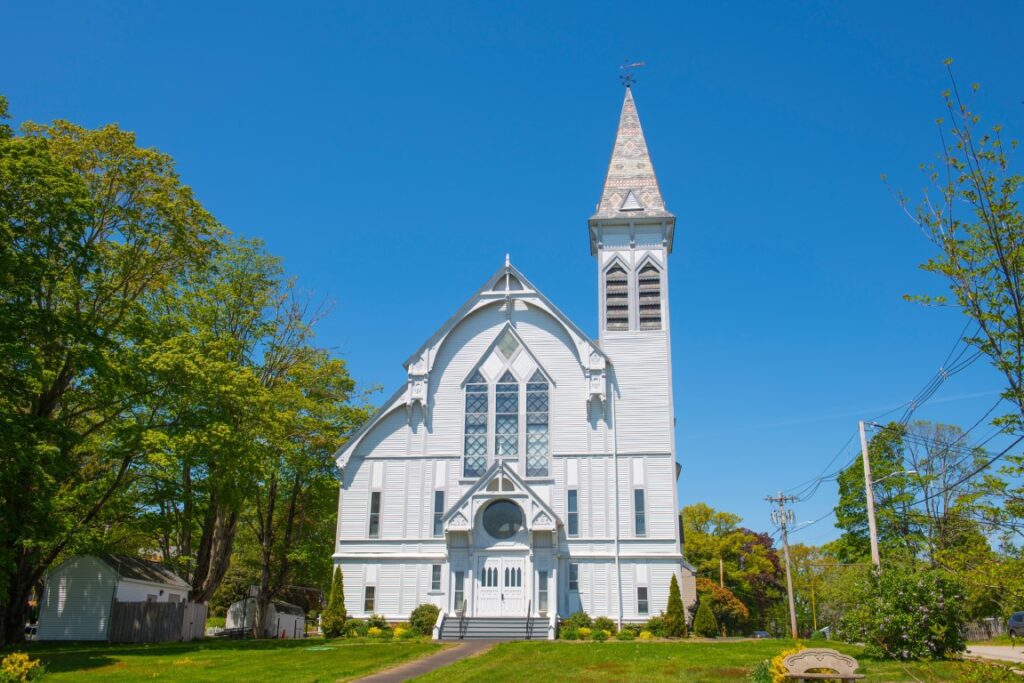
Yet for all its history and classic vibes, the downtown also changed a lot over the years. While antique shops dominated years ago, the downtown area is now blossoming with new and established businesses. There are a handful of eateries, like The Spot, Hatter’s Tea Shoppe, and Best Bagel Bakery & Deli, and small boutiques with vintage, handmade, fashion, and holistic vibes.
“There’s more coming in every year,” says Lisa Scala, owner of Lisa Scala Jewelry. Within the downtown building that she owns is not only her own gallery, but also a whole ecosystem of self-care and holistic businesses, including massage therapy, a homeopathic practitioner, the Goddess Gift Shop, and artist studios.
“It’s a cute little enclave that has a little bit of everything, and it’s continuing to grow,” Pacheco says. “It’s quintessential New England in that sense.”
West Peabody, Peabody
West Peabody is what you might call the best of all worlds.
“West Peabody is a good little mix between residential with a little bit of the connection to main Peabody,” says Alexandra Pappas, senior librarian at the Peabody West Branch Library. “Within a few steps you’re able to go from a bustling city to a quiet suburban town.”
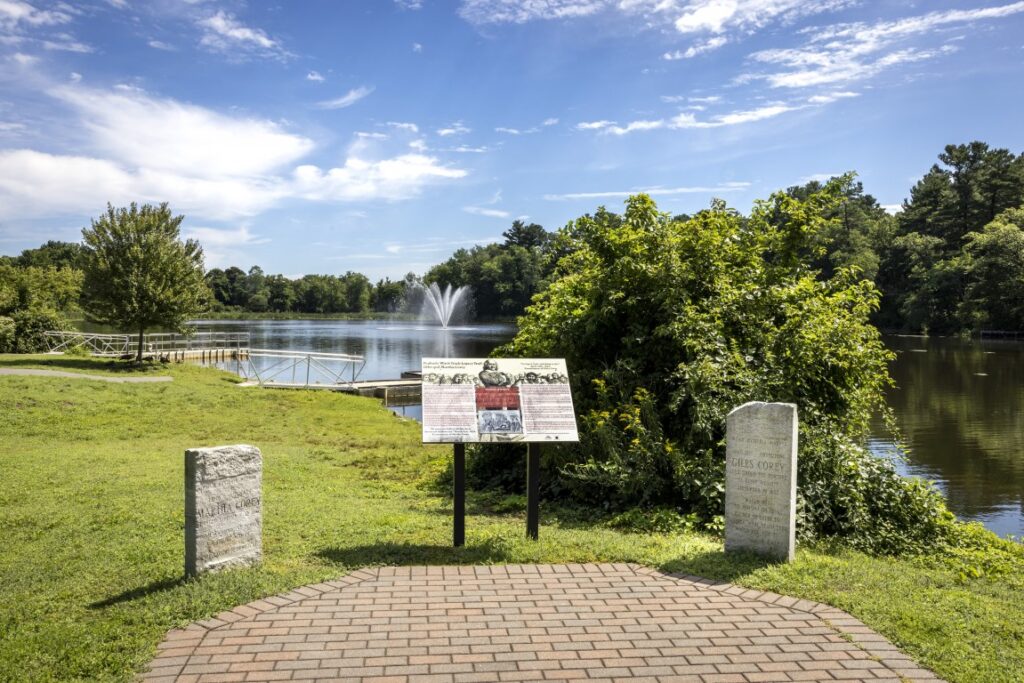
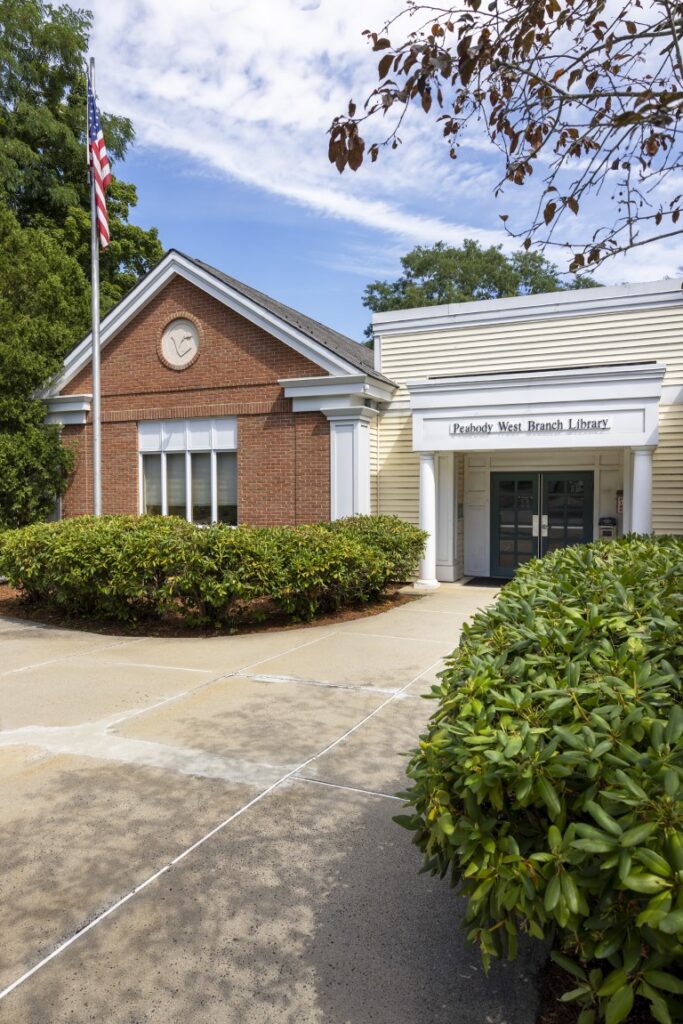
You might run into neighbors grabbing coffee and a muffin at Perfecto’s Caffe, having dinner at Ithaki Modern Mediterranean, playing with their kids at Ross Memorial Park, fishing at Crystal Lake, or walking and biking along the Independence Greenway.
Another neighborhood gem is the West Branch Library, with its family and community events, cozy reading nooks, and friendly book clubs.
“There’s a lot of pride coming from West Peabody,” Pappas says. “It has a good amount of everything where people feel like they don’t have to leave.”
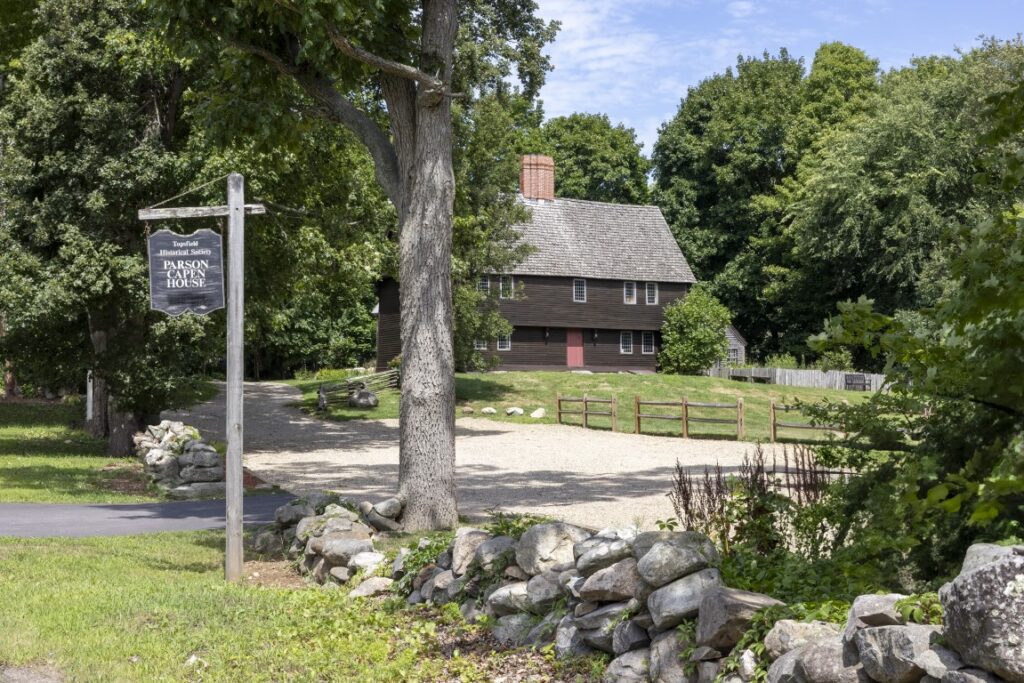
Topsfield Town Common District, Topsfield
The Topsfield Town Common District is a postcard-perfect, old-fashioned New England town center, with its historic buildings, quaint shops, and a white spired church.
“It’s tranquil, it’s beautiful, it’s quintessential New England,” says town administrator Kevin Harutunian.
But taking a closer look reveals a few secrets.
The beautiful, classic, old-fashioned-looking streetlights that line the downtown are actually completely powered by solar energy. There’s also a solar-powered, Bluetooth-enabled bench that plays music from its spot at the head of the rail trail, which is also under development. When the rail trail is complete, which Harutunian estimates will be in about 12 to18 months, it will connect to the 70-mile Border to Boston Trail between Salisbury and Boston. Harutunian also envisions solar-powered speakers, allowing the town to play seasonal music.
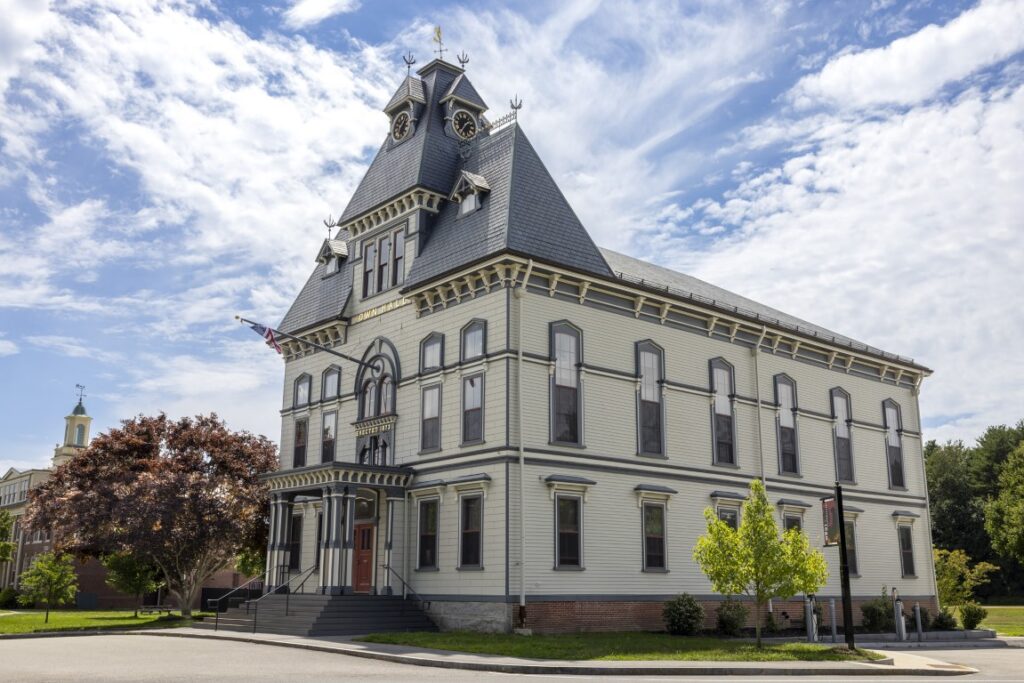
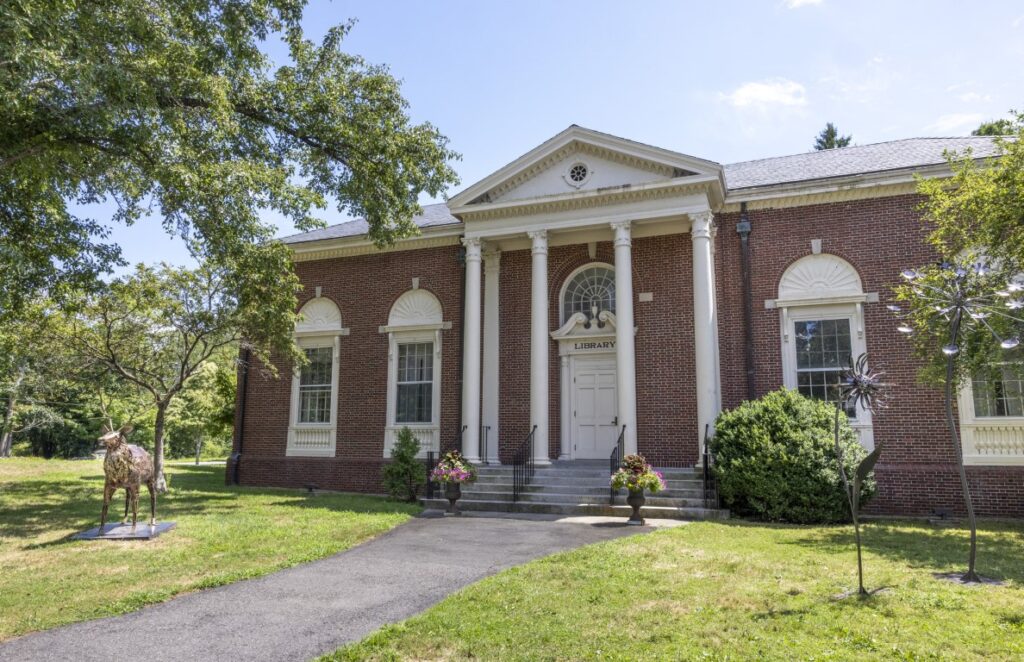
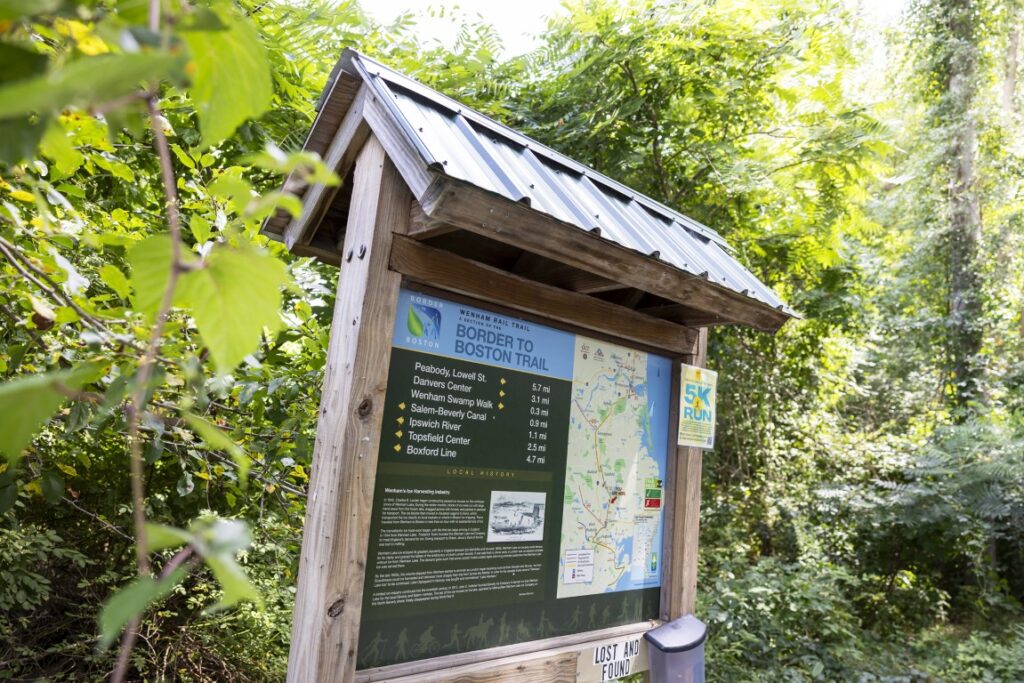
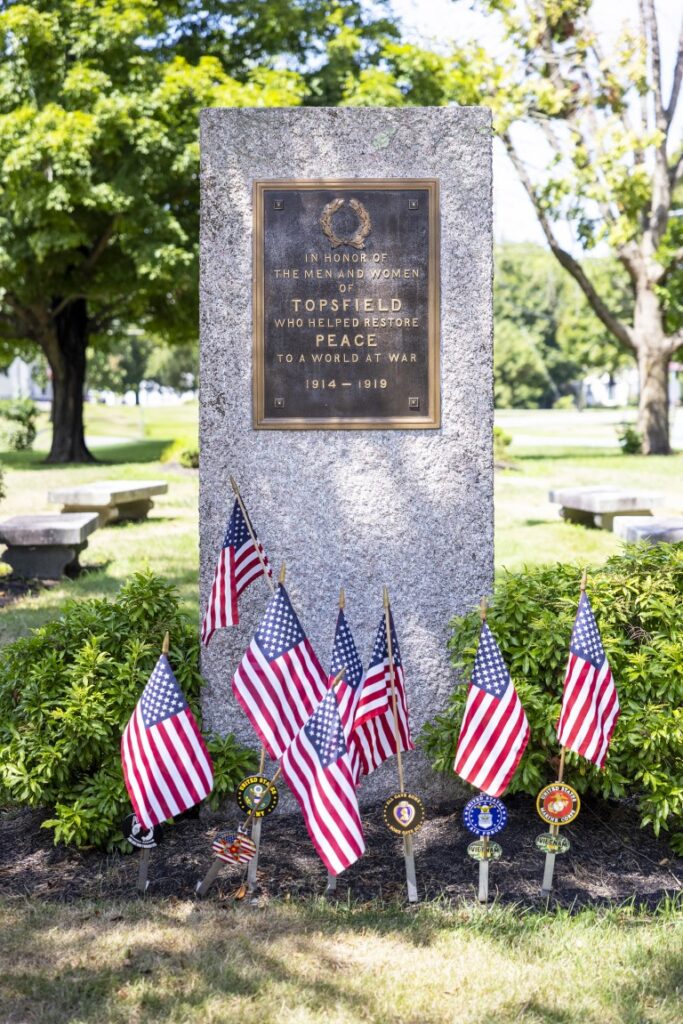
Another new addition downtown? A “pocket park” that’s been under construction all summer, which aims to create a small gathering spot in what was previously unused, unsightly space. When it’s complete, it will feature a brick patio with furniture and a public piano. It’ll invite lounging and chatting with neighbors, as well as host events like Council on Aging concerts, Harutunian says.
It’s all part of a revitalization effort that’s breathing new energy into the downtown area while retaining its historic charm and aesthetic and attracting visitors to businesses like Zumi’s Espresso & Ice Cream and The Perfectly Imperfect Gift Shoppe.
“It’s a really great case study in how to use innovation to supplement and enhance what already exists without changing what already exists,” Harutunian says.

